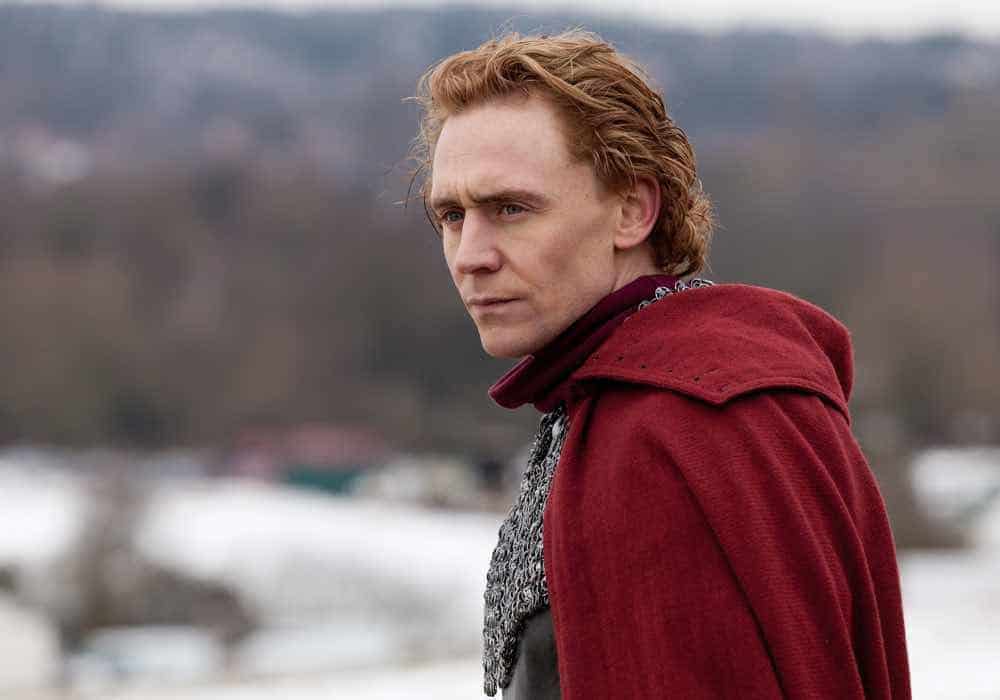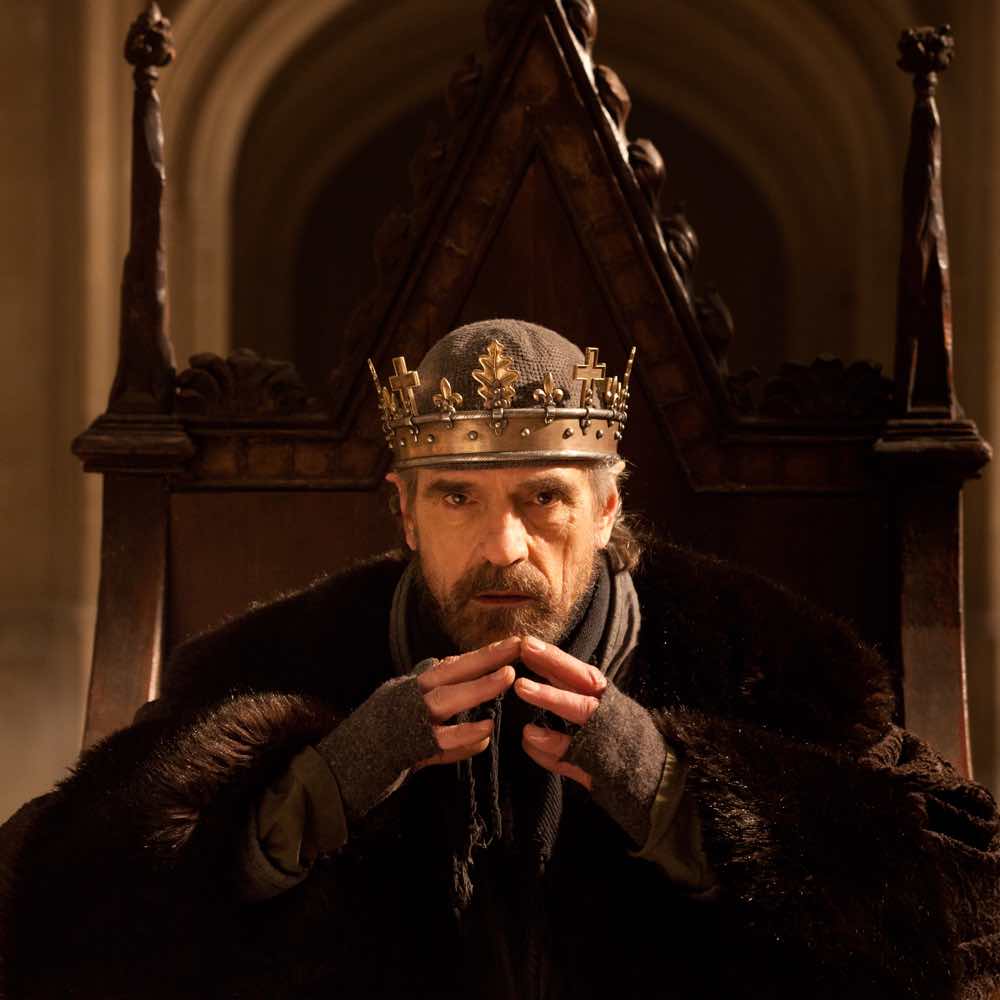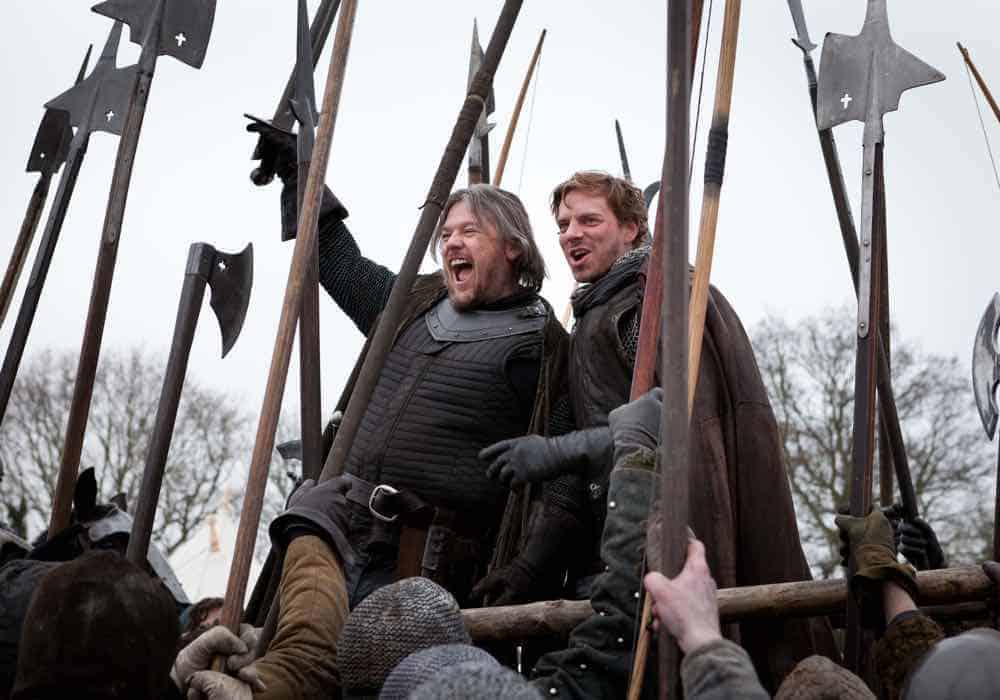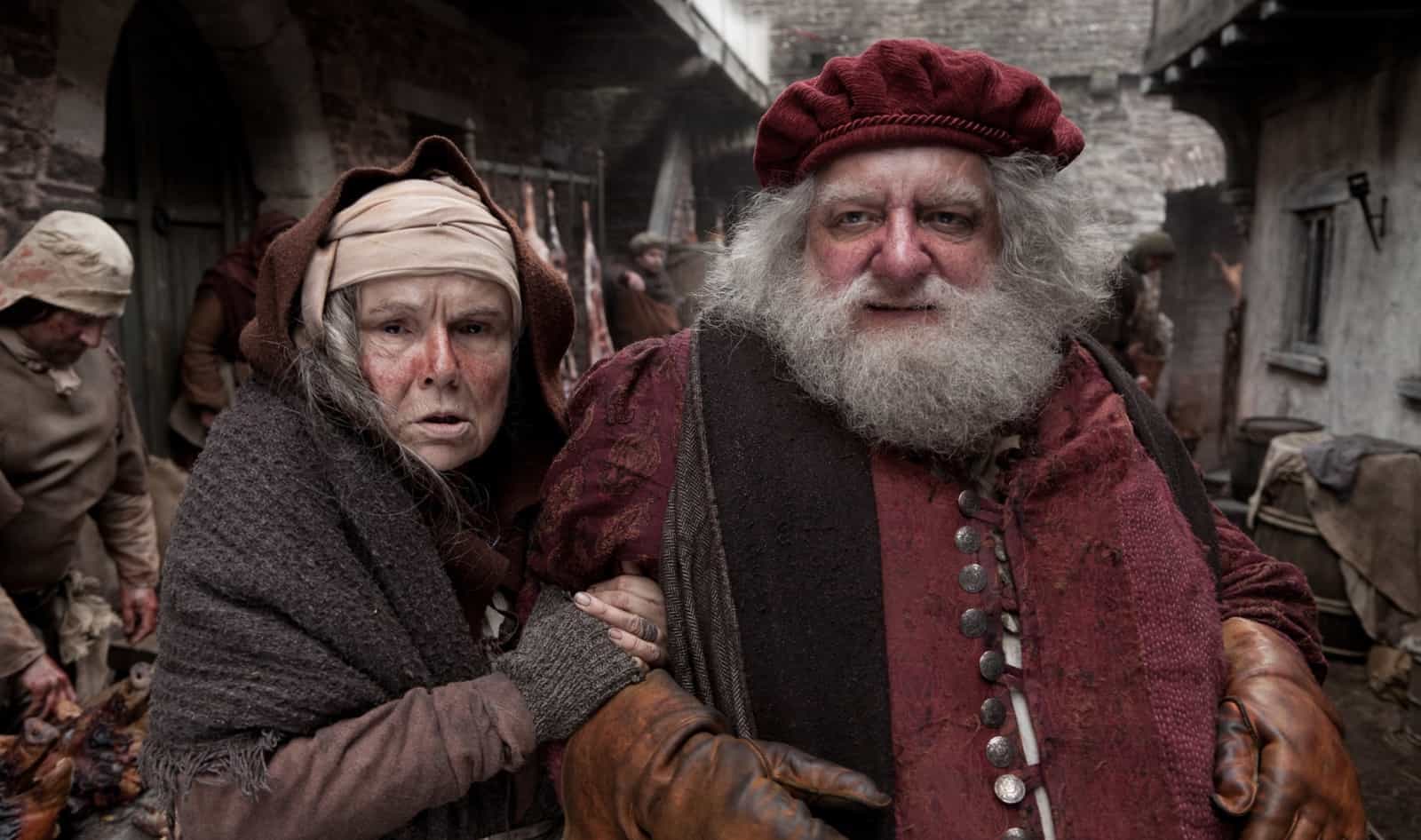Adaptor-Director Richard Eyre has condensed Henry IV Part 1 and 2 into a gripping four hours of TV without losing any of the nuances.

Shakespeare wrote more lines for Prince Hal than any other character. He grows and changes from the rebellious prince who spent his time drinking and whoring with London’s lowlifes into the great King Henry V throughout three plays: “Henry IV Part 1″, “Henry IV Part 2” (Dir: Richard Eyre), and “Henry V” (Dir: Thea Sharrock). Collected together onscreen with the same cast throughout, these three plays are structurally like what we have come to expect from a miniseries: “Henry IV Part 1” has four main characters — Falstaff, Hal, Henry IV, and Hotspur — each so complex that the play has been performed throughout history with each of them at its centre. The result is not only Shakespeare done brilliantly, but brilliant television.
Adaptor-Director Richard Eyre — a veteran of both theatre and film — condensed Henry IV Part 1 and Henry IV Part 2 into a gripping four hours of television without losing any of the nuances in the characters and their relationships. The only real sacrifice is that Falstaff and Hal’s banter is briefer. When “Henry IV Part 1” begins, a few years have passed since “Richard II” (Dir: Rupert Goold), which provided the backstory. We first meet Prince Hal (a perfect Tom Hiddleston) as he makes his way through London’s Eastcheap neighbourhood toward the Boar’s Head tavern to see his friend, the drunken thief Sir John Falstaff (the amazing Simon Russell Beale). We learn quickly that there’s an easy intimacy between Hal and Falstaff when Hal boldly walks up to Falstaff’s room without invitation, wakes him from a sleep, and entices him to plan the next purse-taking adventure.

Everything is shot on location: the final battle of Shrewsbury is even more dramatic because it’s filmed on location in the dead of winter. The sets, which each represent the domain of a character, help establish their differences, particularly between Hal’s father, King Henry IV (a commanding Jeremy Irons) and Hal’s father figure, Falstaff (Simon Russell Beale). Henry IV is always bundled up in furs at the icy cold, brightly lit, and spacious court. Falstaff only ever appears in the world of the tavern, warmly lit in reds and yellows. The Boar’s Head is always full of people, and we get used to seeing Mistress Quickly (Julie Walters). Bardolph, and even Doll Tearsheet (Maxine Peake) — who doesn’t appear in the text until Part 2 — as staples in this world. When Hal eventually starts to distance himself from Falstaff, it’s when he is leading the army with his father on a battlefield, in his father’s world; we see Falstaff’s desperate attempts here to fit in and stay relevant by trying to maintain their banter.
Henry IV is all seriousness, now comfortable on the throne despite a tumultuous reign. He feels nothing but disappointment towards Hal. He’s too consumed with his own troubles to act the loving father. He even idly wishes that Harry Percy — the valiant but rash and inarticulate Hotspur who will ironically lead the Northern rebellion against Henry IV — were his son, instead. Falstaff, on the other hand, whom Hal will later call in jest, “that villainous abominable, misleader of youth”, is full of warmth, with a quick wit and easy charm: he’s the life of the party, and at Falstaff’s side, so is Hal. But Beale also masterfully plays Falstaff’s less likable attributes, showing us the calculating thief who hopes to use his friendship with the prince to his advantage and the desperate old man who fears the day when Hal will cast him aside. Beale has an ease with the language: it’s spontaneous, clever, and still poetic. Hal gets the fatherly affection he needs from Falstaff, but without the threat of judgment because both are ever conscious of Hal’s elevated social status.
At home, Hal is merely a prince, the bane of his father’s existence, but at the Boar’s Head, he is already king of the tavern. He basks in the attention, but he also learns how to earn it by charming and entertaining the crowd. When news comes of the Northern rebellion, and Hal must face his father the following day, Hal and Falstaff enact a play extempore of the anticipated morning’s events, trading parts as Henry IV and Hal, to much applause. It’s one of the play’s best scenes and Eyre, Beale, and Hiddleston execute it phenomenally. Close-ups on Hal and Falstaff let us see the warmth between them, and toward the end of the performance we see when it becomes too real: Hal warns Falstaff of his inevitable banishment, and Falstaff desperately pleads with Hal.
Using the camera to help us gain a greater intimacy with the inner-workings of the characters is one of Eyre’s greatest achievements. This allows for performances which simply wouldn’t be possible on stage. Most of the soliloquies become voiceovers, so when Hal explains that he knows his time at the tavern is only temporary, his loneliness is all the more palpable because he’s rationalizing things in his own head. When Falstaff delivers his speech about honour, at Shrewsbury, as internal monologue, it becomes even more clear that Falstaff’s humour is a defense mechanism: he can’t even be perfectly serious in his own head. Henry IV delivers many of his lines quietly, in a tight close-up: the monologues seem a product of the wheels turning in his head rather than mere exposition.
Perhaps the greatest gift of Shakespeare on film is that the performances need not be meticulously rehearsed; the camera can capture spontaneity for longevity. The fantastic cut of the play extempore that we see in the film was the first take: they had no real rehearsal, and while Hiddleston and Beale knew the blocking, the audience at the tavern had no idea what to expect. They were genuinely reacting to what was happening in the moment.
Read our review of the first episode, “Richard II”, the third episode, “Henry IV Part 2”, and the final episode “Henry V”.
Listen to us discuss The Hollow Crown: “Henry V” on the 21st Folio podcast here.


